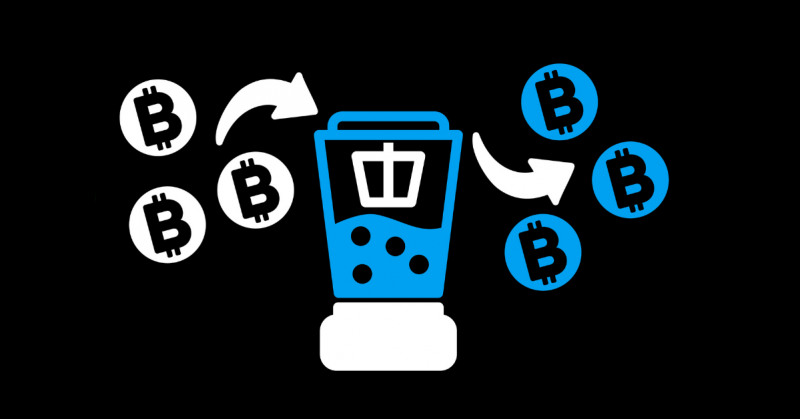The crypto industry has seen its fair share of hacks, attacks, and exploits. And crypto mixers are at the heart of such affairs, and most attackers do away with their crimes using the services of cryptocurrency mixers.
However, what these mixers are and how they work is still a cause of curiosity among many.
What is a crypto mixer?
As the name suggests, a crypto mixer essentially mixes cryptocurrencies in a pool in a way that the transaction trail is lost. It was initially conceived to keep investors’ transactions private, and they obscure the path to the fund’s source. Although mixers help in protecting users’ privacy, they are also used for laundering money. Hence, they have become a source of concern for many government watchdogs.
Now there are a few different types of crypto mixers:
Centralized mixers: These mixers first receive cryptocurrencies, and after a while, they send back a different set of the same kind for a fee. This is a relatively simple exchange.
Blender.io is a popular centralized mixer.
Decentralized mixers: These mixers use peer-to-peer (P2P) or fully coordinated protocols to obscure transactions. Users pool their crypto together, and then the tokens are redistributed to lose the transaction trail.
Wasabi and JoinMarket are popular decentralized mixers.
Obfuscation-based mixers: These mixers are also called decoy-based mixers. They use methods to conceal a user’s transaction graph. However, the transaction graph can be recreated with enough resources.
Zero-knowledge-based mixers: These mixers use sophisticated cryptographic techniques like zero-knowledge proofs. However, due to the complex cryptography needed, it may reduce scalability.
How do mixers work?
Crypto mixers run a trade’s digital signatures through a “black box” that conceals them. They are programs that combine a specific amount of cryptocurrency in exclusive pools before sending it to the specified recipients.
The cryptocurrency is added to a sizable pile of other cryptocurrencies, and they eventually send smaller amounts of the coin to a chosen address. However, mixers do retain a charge of 1% to 3%.
The goal is to make it impossible to determine that person A delivered ten Bitcoins (for example) to person B. This is done by shuffling the currency via a black box. A public explorer will only display that user A contributed ten Bitcoin to a mixer along with many other users and that user B got ten Bitcoin from the mixer among many different receivers.
Are crypto mixers illegal?
Crypto mixers have been utilized in many hacks and exploits. Tornado Cash, another popular mixer, has been frequently visited by hackers and attackers. Mixers have proven to be quite handy for such players in their attempt to wash their hands.
Whether a mixer is legal or illegal depends on the users’ jurisdiction.
Financial Crimes Enforcement Network (FinCEN) classifies bitcoin mixers as money transmitters. As a result, they must register with FinCEN and apply for a state-by-state operating license.
According to former U.S. Deputy Assistant Attorney General Brian Benczkowski, employing mixers to conceal cryptocurrency transactions is a criminal act.
However, while speaking to CoinDesk in January, retired Drug Enforcement Agency (DEA) Agent Bill Callahan said
“Is Tornado Cash laundering money? They are certainly obfuscating it. But I’d be careful with the term money laundering. Pretend I’m running away from police with a bag of cash and jumping over fences, trying to evade capture … that’s not money laundering. If Tornado Cash knows who deposited the money and who took it out, that’s not money laundering.”
Additionally, in May, the U.S. Treasury Department imposed sanctions on the Blender crypto mixer. They said that the platform was involved in the Axie Infinity-Ronin bridge hack and was being utilized by North Korea.





